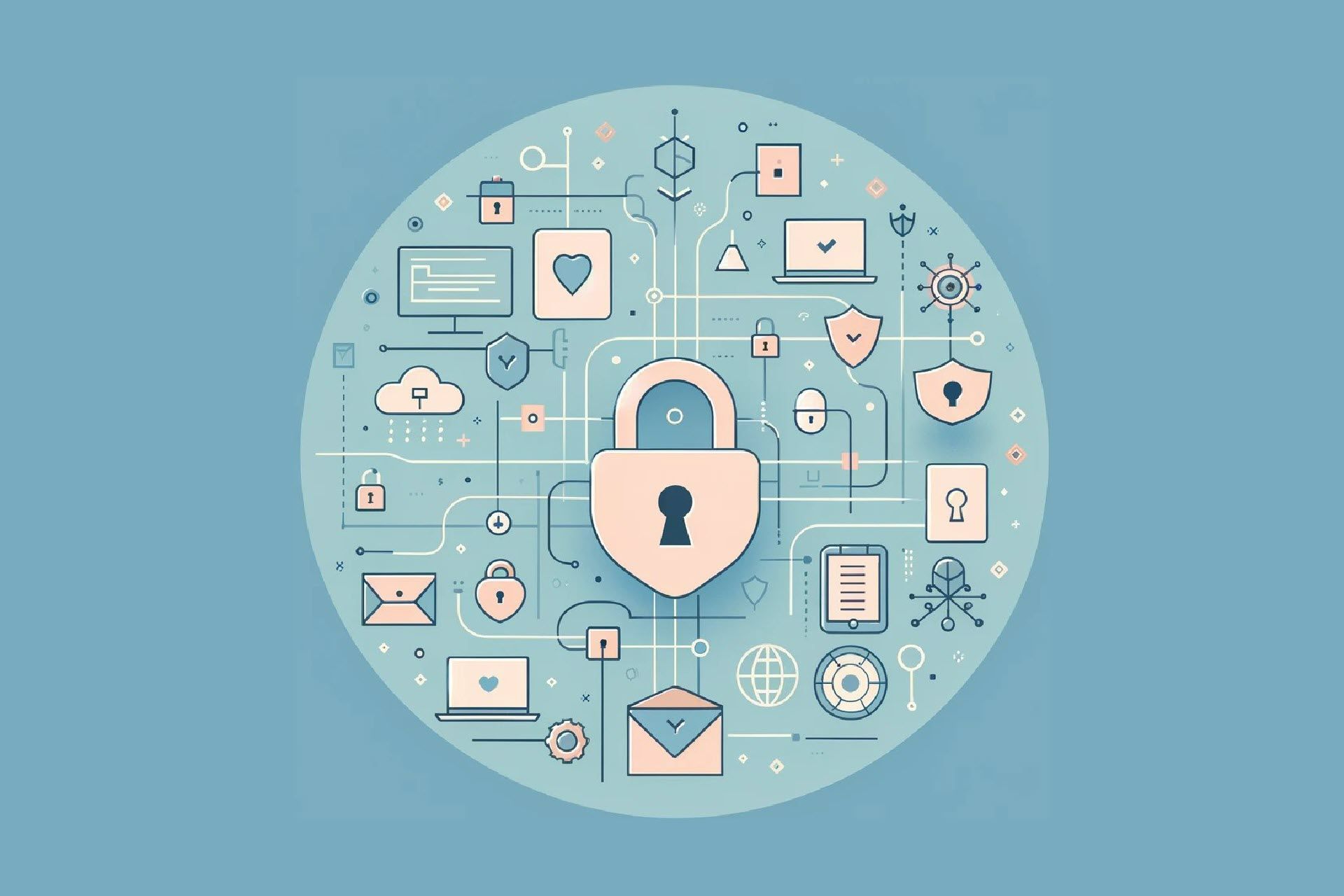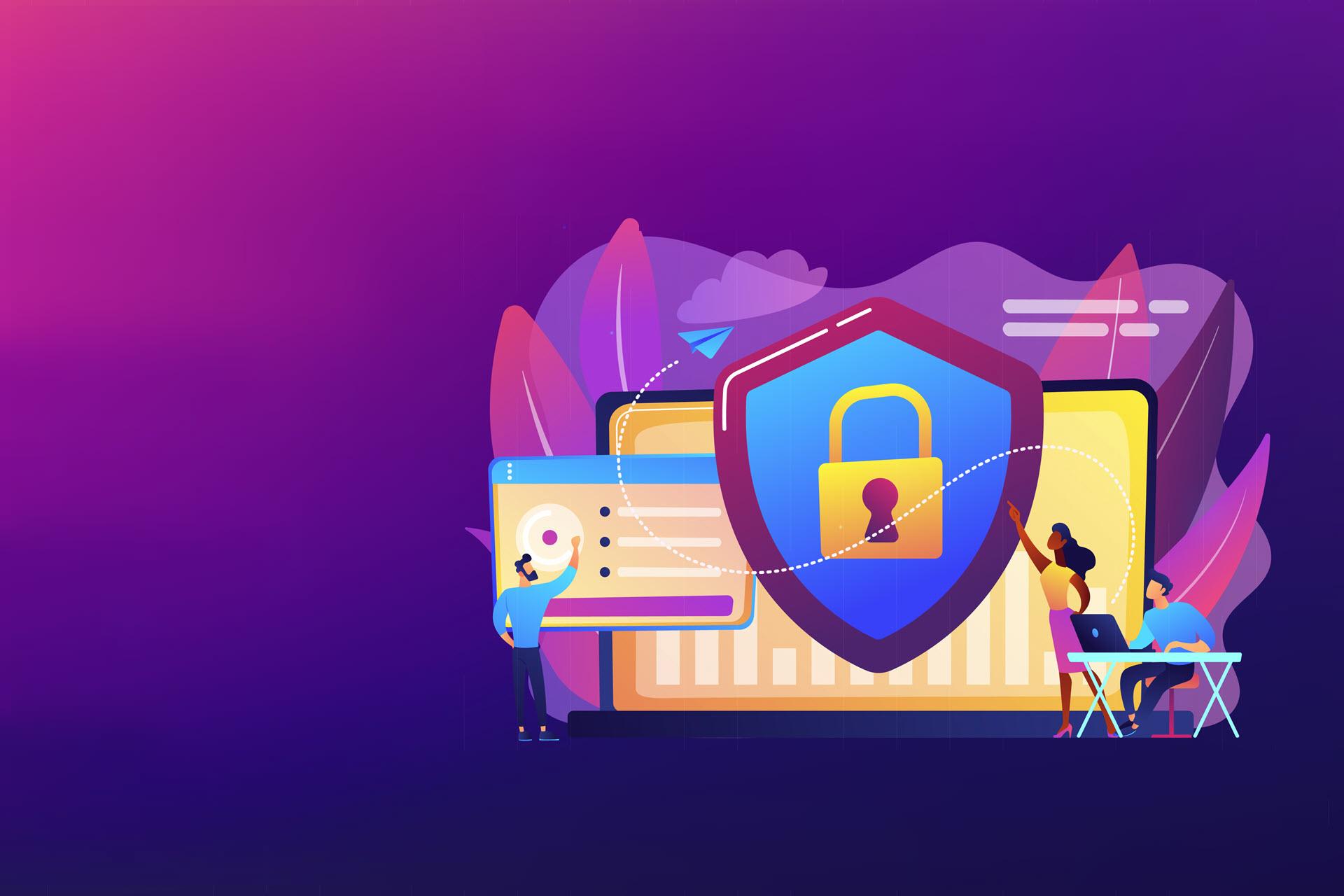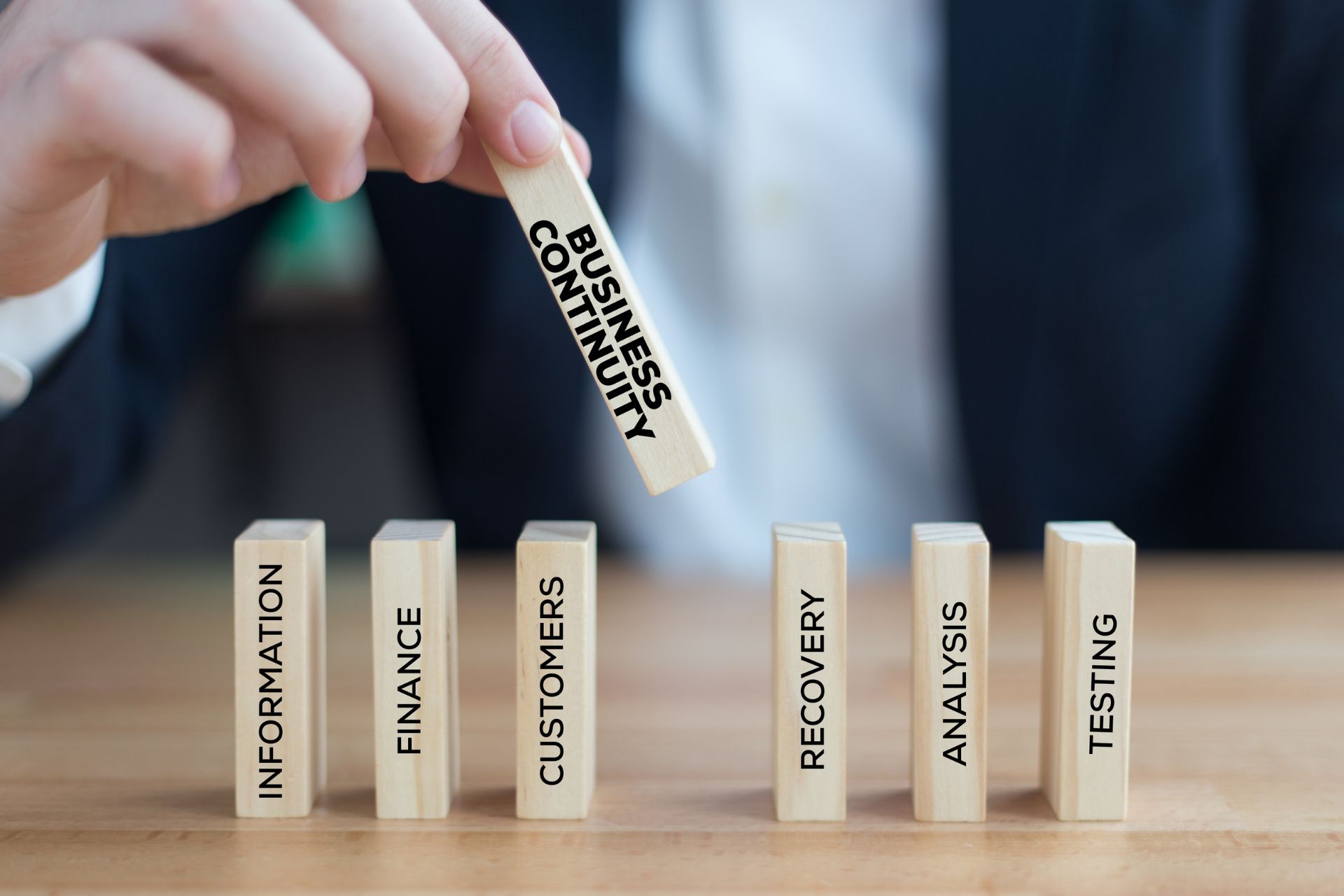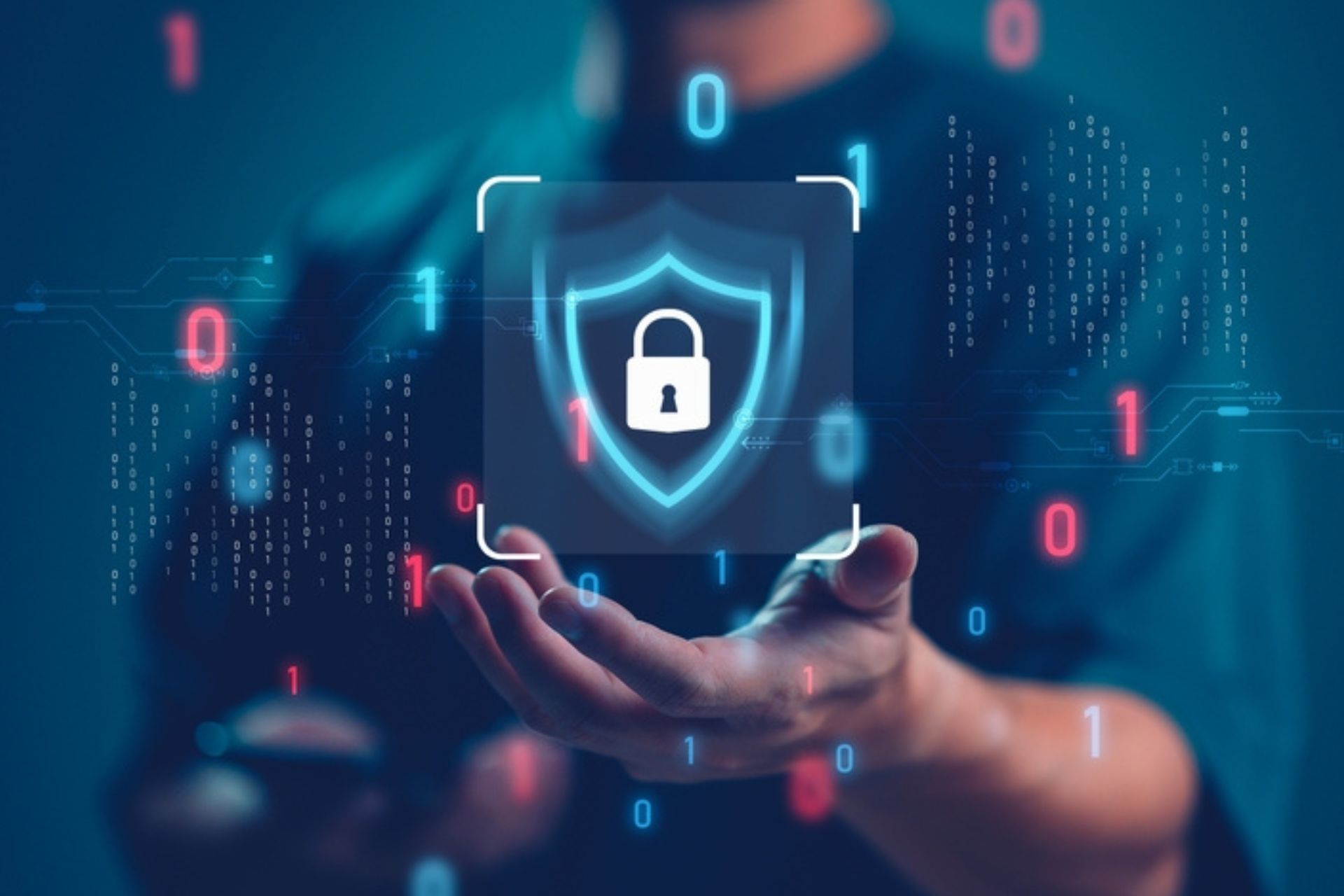Whether you're working from home or managing a globally dispersed team, ensuring secure remote access to devices and data has never been more important. While remote working offers flexibility and convenience, it also opens new avenues for cybercriminals.
A 2023 report found a dramatic increase in criminals exploiting a common remote access method (RDP) on Windows systems. Hackers used this method in 90% of attacks investigated, the highest percentage ever recorded. Additionally, attackers most often breach networks through these external remote services, highlighting the importance of securing them.
This article explains secure remote access and how to establish it effectively. Whether you are protecting personal information or securing company data, it will provide you with the essential knowledge and tools for confident remote work.
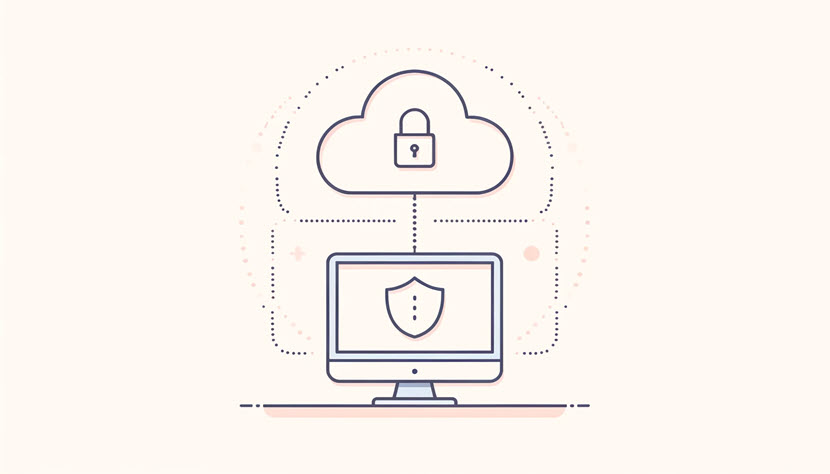
What Is Secure Remote Access?
Secure remote access refers to the methods and technologies that allow users to access an organization's network, applications, or data securely from remote locations. It ensures that data transmitted over the connection is encrypted and that only authorized users can access the system.
This access is facilitated through various means, such as virtual private networks (VPNs), remote desktop protocols (RDP), and secure web gateways. Their primary goal is to protect sensitive information from cyber attacks while providing users with flexibility and accessibility.
Key Components of Secure Remote Access
To effectively implement secure remote access, it is crucial to integrate the following key components.
Authentication
Authentication ensures that the user is who they claim to be. This process involves:
- Passwords. The most basic form of authentication, a password, is a user-generated secret code.
- Multi-factor authentication (MFA). MFA requires two or more verification methods, such as a password and a code sent to a mobile device.
- Biometric verification. This method uses unique biological traits like fingerprints or facial recognition to verify identity.
Read our article on biometrics vs. passwords to understand the benefits and drawbacks of each method.
Encryption
Encryption protects the data transmitted between the user and the network by converting it into a secure format that only authorized parties can read. Key forms include:
- Data-in-transit encryption. This method secures data as it moves between the user and the network using protocols like SSL/TLS.
- Data-at-rest encryption. At rest encryption protects data stored on devices or servers, ensuring it remains secure even if the storage medium is compromised.
- Encryption in use. This method protects data while it is being processed or used by applications, ensuring that it remains secure during active operations.
Access Control
Access control restricts access to data and applications based on user roles and permissions. Key elements include:
- Role-based access control (RBAC). Assigns access permissions based on user roles within the organization.
- Attribute-based access control (ABAC). Grants access based on attributes (e.g., job function, location) rather than just roles.
- Least privilege principle. Users are given the minimum level of access necessary to perform their job functions.
Monitoring and Logging
Monitoring and logging keep track of user activities to detect and respond to unauthorized access attempts or suspicious behavior. Important components include:
- Activity logs. These logs provide detailed records of user actions, which you can review to identify unusual behavior.
- Intrusion detection systems (IDS). An IDS monitors network traffic for suspicious activity and potential threats.
- Security Information and Event Management (SIEM). A SIEM system collects and analyzes log data from various sources to provide real-time analysis of security alerts and incidents.

Why Is Secure Remote Access Important?
Here are the reasons why secure remote access is vital:
- Data protection. Secure remote access ensures that data transmitted between the user and the network is encrypted, protecting it from interception by unauthorized parties.
- Compliance. Many industries are subject to regulatory requirements that mandate secure access to sensitive data. For example, HIPAA requires specific security measures for healthcare providers and insurers to protect patient data confidentiality, integrity, and availability.
- Business continuity. In situations where employees need to work remotely, such as during a pandemic or natural disaster, secure remote access ensures that business operations can continue without interruption.
- Flexibility and productivity. Secure remote access allows employees to work from anywhere, increasing flexibility and boosting productivity by enabling access to necessary resources anytime. This flexibility also leads to improved job satisfaction and employee retention.
How Does Secure Remote Access Work?
Secure remote access functions by establishing a protected connection between the remote user and the organization's network through a series of coordinated technologies and processes.
Here is an overview of how it works:
- User authentication. User authentication begins with verifying the identity of the user attempting to access the network. This step ensures that only legitimate users gain access to the system.
- Establishing a secure connection. Once the user is authenticated, a secure connection is established. Data transmitted between the user's device and the organization's network is encrypted to prevent unauthorized interception.
- Implementing access controls. The system enforces access policies based on the user's role and permissions. This step adheres to the least privilege principle, ensuring users can only access resources necessary for their job functions.
- Session management. Continuous monitoring and management are conducted throughout the user's session to detect suspicious activity. This process includes tracking user actions, enforcing session timeouts, and automatically terminating inactive sessions to mitigate the risk of unauthorized access.
- Monitoring and logging activities. In addition to real-time monitoring, it is necessary to keep detailed logs of user activities. These logs are analyzed to detect and respond to unauthorized access attempts or anomalous behavior using intrusion detection systems (IDS) and security information and event management systems (SIEM).
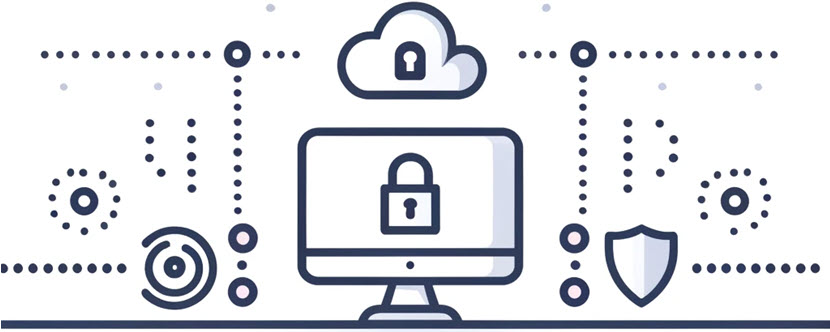
Technologies Used to Secure Remote Access
Here are the technologies that play a crucial role in securing remote access:
Virtual Private Networks (VPNs)
VPNs create a secure tunnel between the user's device and the organization's network, encrypting all data transmitted through the tunnel. VPNs can be site-to-site VPNs, which connect entire networks, and remote access VPNs, which connect individual users to the network.
Remote Desktop Protocol (RDP)
RDP allows users to connect to a remote computer over a network connection. Security features include encryption, network-level authentication, and the configuration of specific access controls. RDP is widely used for remote administration and support, enabling users to work on a remote desktop as if they were physically present.
Secure Web Gateways (SWGs)
SWGs provide secure access to web resources by filtering traffic, blocking malicious sites, and ensuring that only authorized users access sensitive data. They often include data loss prevention (DLP) and threat intelligence capabilities. SWGs also prevent users from accessing harmful websites and protect against web-based threats such as malware and phishing attacks.
Multi-Factor Authentication (MFA)
MFA adds an extra layer of security by requiring users to provide two or more forms of identification before granting access. This layer reduces the risk of unauthorized access due to compromised credentials.
MFA methods include:
- Something the user knows (password).
- Something the user has (security token).
- Something the user is (biometric verification).
Endpoint Security
Endpoint security solutions ensure that remote devices accessing the network, such as laptops, smartphones, and tablets, are secure. These solutions include antivirus software, firewalls, and device compliance checks. Endpoint security protects against malware, unauthorized access, and other security threats that could compromise the network, ensuring a secure and reliable connection for remote users.

Strong passwords are the first line of defense against hackers. Read our article to learn how to create them and stop hackers in their tracks.
Secure Remote Access Checklist
Here are the steps to securing remote access and ensuring robust security and compliance.
1. Assess Needs and Risks
Evaluate your organization's remote access needs and identify potential associated risks. Understand the types of data you will access remotely, the potential threats, and the impact of a data breach.
2. Choose the Right Technologies
Based on the organization's requirements and security policies, select appropriate technologies such as VPNs, RDP, SWGs, and MFA. Consider these technologies' scalability, ease of use, and compatibility with existing infrastructure.
3. Implement Strong Authentication
Deploy robust authentication mechanisms, including MFA, to verify user identities and protect against unauthorized access. Ensure that authentication processes are user-friendly while maintaining a high level of security.
4. Encrypt Data Transmission
Ensure that all data transmitted between remote users and the network is encrypted to protect against interception and eavesdropping. Use industry-standard encryption protocols such as SSL/TLS to protect data in transit.
5. Enforce Access Controls
Define and enforce access control policies to restrict users' access to only the resources they need to perform their job functions. Implement role-based or attribute-based access controls to manage permissions effectively.
6. Monitor and Audit Access
Continuously monitor remote access sessions for unusual activity and conduct regular audits to ensure compliance with security policies. Use SIEM systems to detect and respond to security incidents.
7. Educate Users
Provide training and resources to educate users on best practices for secure remote access and the importance of adhering to security protocols. Ensure users understand the risks associated with remote access and how to mitigate them.
8. Regularly Update and Patch Systems
Regularly update and patch all systems, including remote access technologies and endpoint devices, to protect against known vulnerabilities. Establish a patch management process to keep software and hardware secure.

Securing Your Remote Workforce
Securing remote access is vital for any organization with a geographically dispersed workforce. Implementing robust authentication, encryption, access control, and monitoring mechanisms ensures that sensitive data is protected and network integrity is maintained. Following the strategies outlined in this article will establish a solid foundation for a secure and productive remote work environment, positioning your organization to effectively manage current and future challenges.
